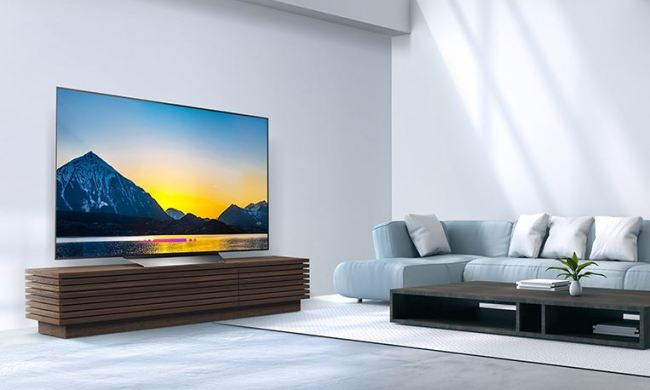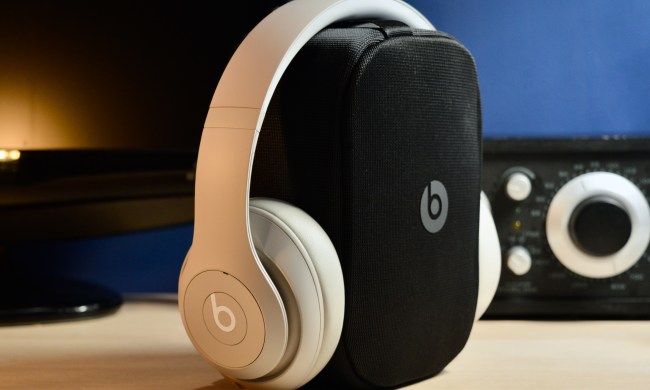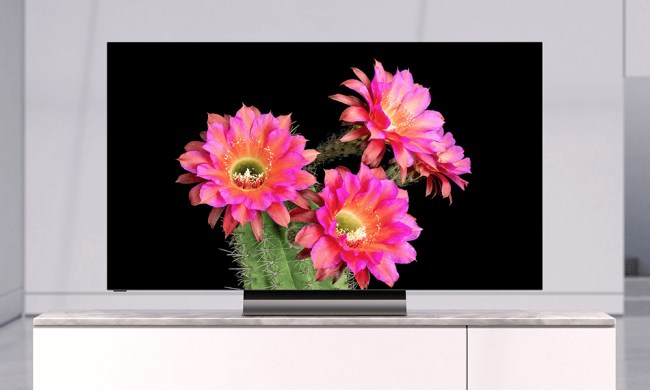Sound is one of the many motivators of our day, whether it’s that song that powers you through an extra rep at the gym or that podcast you like to unwind to after a long day at work. As sound has continued to evolve, so have digital file formats. Although it isn’t the only file format, the term MP3 has become synonymous with digital music in the same way that Google has with a web search — not surprising, given that the file format is now more than 20 years old. In that time, it has been surpassed by other file formats, one of which is MP4. But even though the increase from 3 to 4 in the name suggests that an MP4 is simply the next generation of MP3, there’s more to it than that.
Is an MP4 file better than an MP3? Should you stop using MP3s? And what exactly are the differences anyway? All excellent questions, which we will strive to answer using as little geek-speak as possible.
What is an MP3?
Before we can tackle the differences between MP3 and MP4, let’s do a quick recap of an MP3 file and its uses. MP3 is a short form for MPEG-1 Audio Layer 3. It was developed to give us a way to store audio information in digital form, but with a smaller file size than the format used by CDs at the time. MP3s do this using a psychological trick — they start by taking an original, uncompressed digital audio file (like a track on a CD), and then they selectively remove chunks of data in a way that the human ear is unlikely to notice. It’s a process known as “lossy compression.” It’s the same trick used by JPEG files to shrink the size of photos without affecting the key details that make it look as good as the original. The same is true for MP3 files: Though they only take up about a 10th of the storage size as a CD audio track, most folks find them to be an acceptable listening experience.
Are all MP3s the same?
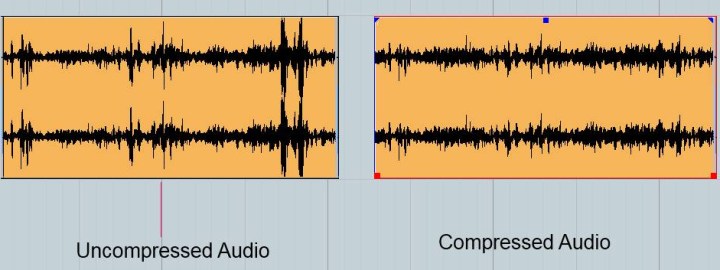
No, and the differences can be noticeable. When creating an MP3 from a source, whether it’s CD or even vinyl, you choose a bitrate and a sample rate — these two values will determine how big your MP3 will be in terms of file size, but more importantly, how good it will sound when compared to the source you’re using. Most MP3s are created with a 44.1 kHz sample rate — especially when converting from CD because it’s the same sample rate used for creating CD audio. The bitrate, on the other hand, can be set anywhere from 8kbps to 320kbps. The difference between these two is huge — at 8kbps, your music will sound a little better than an AM radio with poor reception. At 320kbps, most people will find it impossible to tell the difference between an MP3 and a CD. If file size is a big consideration — as it was when the MP3 became popular — you can get away with as low as 128kbps before sound degradation becomes noticeable. 128kbps was preferred in the early days of the MP3 format because it was compatible with most MP3 playback devices like iPods. Still, today it would be rare to find a digital music player that can’t handle all MP3 bitrates — even VBR (or variable bitrate) MP3s that use different rates during different parts of the music track as the complexity of the sound increases or decreases.
What is an MP4?
MP4 is a short form for MPEG-4 Part 14. Unlike the MP3, which is exclusively used for audio, an MP4 is a container file used to store audio, video, or other data like subtitles. This makes it a bit tricky to know exactly what an MP4 is. If you find one called “Rocky.mp4,” is it the movie Rocky, or is it the movie’s theme song? Or is it something else? To help reduce the confusion, Apple decided to start using the .m4a file extension for MP4 files that only contain audio, while .m4v is sometimes used to indicate that it’s a video. But since these are conventions, not rules, the only real way to know is to try opening the file using an MP4-compatible media player or examining the file’s contents.
But what does this have to do with MP3s, you might be wondering? An MP3 is both a file format and a codec — which means that it can only handle audio using the lossy compression described above. Because MP4 files are containers, you can choose from several different audio codecs depending on your needs. Typically, people will use the AAC (Advanced Audio Coding) codec. It’s a lossy compression codec like MP3, with the same bitrate options for quality, but it does a better job of preserving details and nuances in music at the same file size as an MP3. However, Apple’s hi-res capable lossless audio codec, ALAC, is also an option for MP4 files, which preserves all of the detail of a CD, or a vinyl album, while still keeping file sizes smaller than the original — making it a good choice for archiving music.
Which one is better?
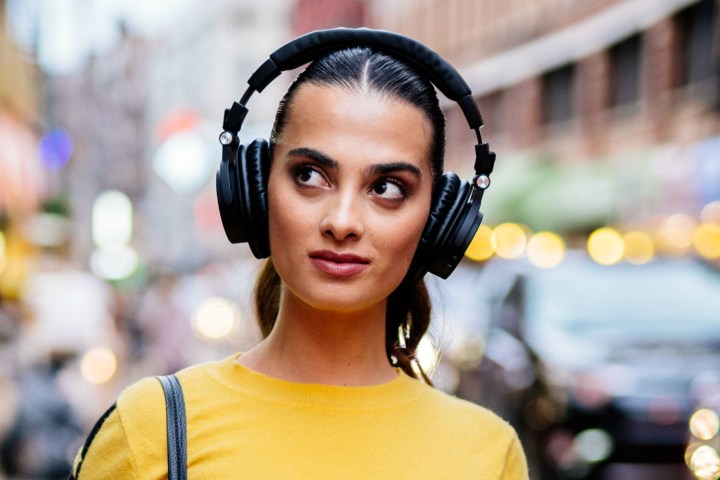
Most experts would argue that an AAC-encoded MP4 audio file sounds better than a similarly sized MP3. That makes sense as AAC is a newer compression technology. However, it would help if you kept in mind where and how you plan to play your music files. There are still folks out there holding on to some pretty old portable music players that still work just fine — but these may not be compatible with the MP4/AAC format. An MP3 file is virtually guaranteed to work on any device that plays digital music. It’s also worth noting that at 320kbps, an MP3 will probably sound identical to a 320kbps MP4/AAC.
If, as we’ve suggested earlier, you intend to archive your digital or analog music, an MP4 using ALAC is far superior to the MP3. As a lossless format, ALAC not only preserves all of the detail of your source material, it still lets you create MP3s (or MP4/AACs) anytime you like if you need a smaller, more portable version. The same is not true in reverse: Once an MP3 has been created (and parts of the original audio information discarded in the compression process), you can’t get it back by converting it to MP4/ALAC. Doing so creates a larger file of the same quality as the MP3.
So which one should I use?
If you already have a massive collection of MP3 audio files, and they’ve been created at 256kbps or higher, keep ’em. The odds are good that you wouldn’t notice much improvement in sound quality by re-encoding your CDs using an MP4 file unless you’re using some high-end audiophile gear. On the other hand, if you’re thinking of ripping new CDs from scratch, or converting analog sources to digital, an MP4 — especially one that uses the lossless ALAC codec — is the way to go. You’ll have an essentially perfect digital file, which can then be converted to your choice of lossy formats later — including MP3 if you’re concerned about backward compatibility with older devices. Lossless MP4 files take up a lot more room, but if you’ve got the available hard drive space, they’re worth it.
More resources
If this discussion of the differences between MP3 and MP4 files has piqued your curiosity about digital music and its many formats, we’ve got some great resources to dive into:
- FLAC vs. MP3: What’s the difference?
- How to convert MKV to MP4
- How to convert MP4 to MP3
- How to convert DVD to MP4
- How to convert WMV to MP4
- How to convert WMA to MP3
- How to convert FLAC to MP3

